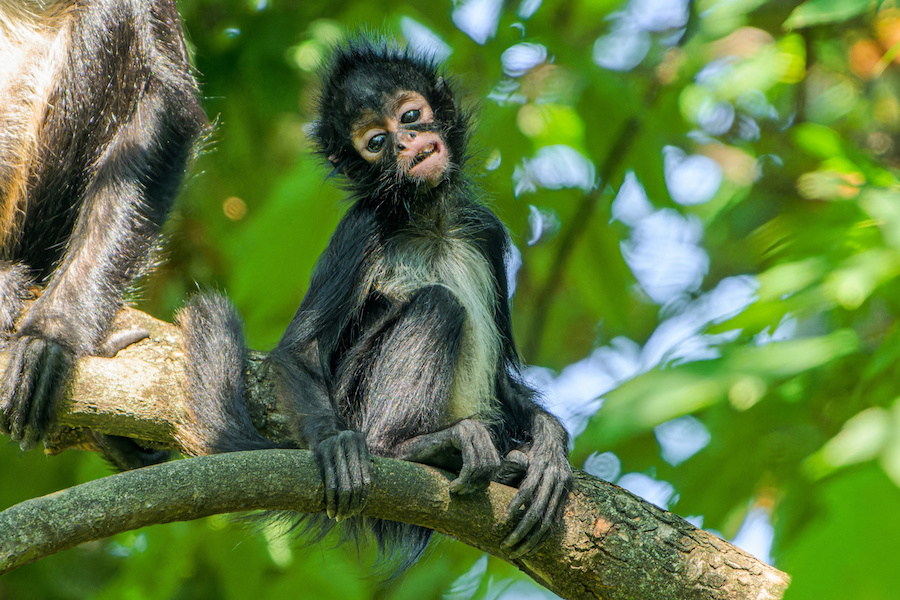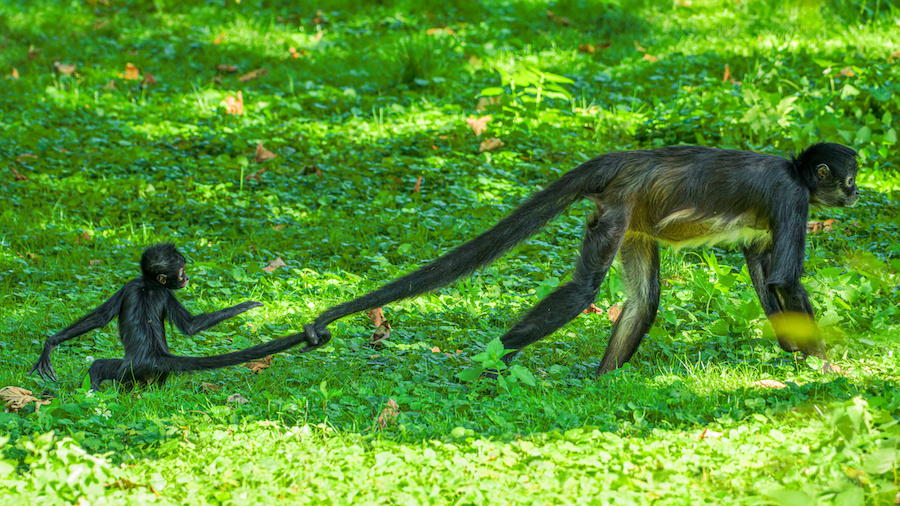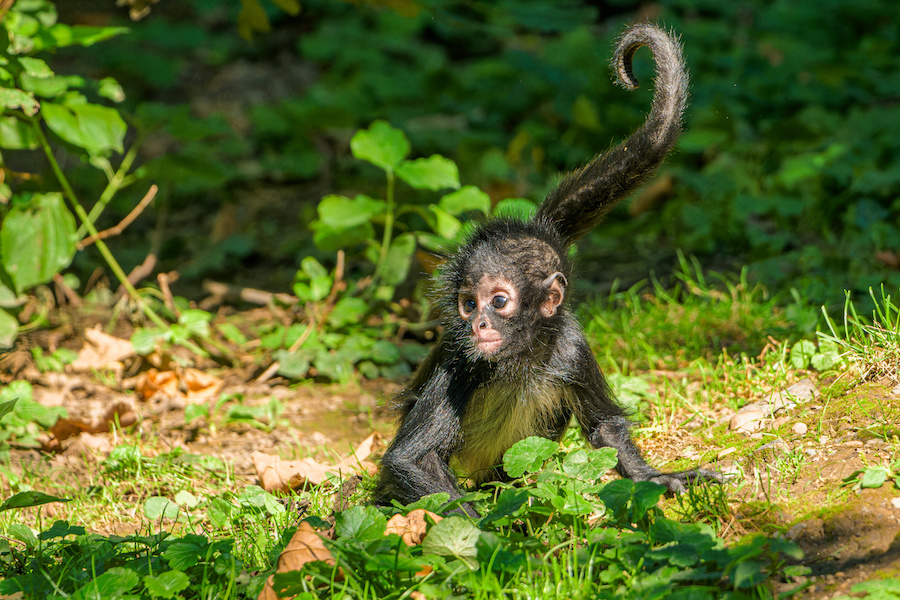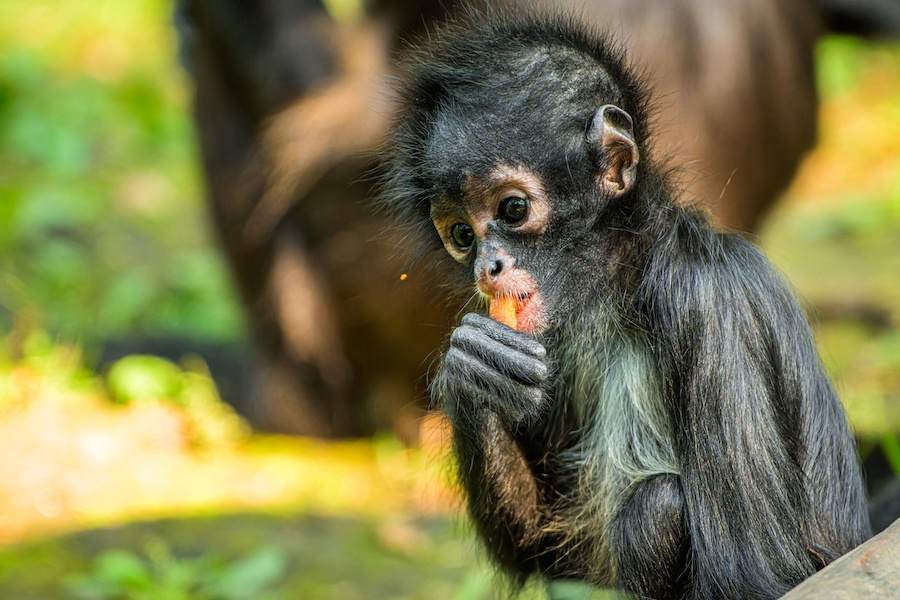
Little chap Tika is exactly one year old today. The cub of the critically endangered species is thriving and visitors can watch its cute grins and frolics in the outdoor enclosure on these sunny days. Photo by Petr Hamerník, Prague Zoo
Today it is twelve months since a Central American Mexican carp cub was born at the Prague Zoo. The little primate, who was later named Tiko, thrives and spends days in front of visitors on the Monkey Islands. At the same time, it is one of the most significant additions to the Prague Zoo. Only one other institution in Europe is successfully breeding the critically endangered subspecies of these monkeys.
“Tiko’s first birthday and he makes us happy. He is still drinking breast milk, but he is already trying to taste vegetables. She is boldly moving away from her mother Talula more and more and further. However, as soon as something startles him, he whistles, and that morning his mother runs to save him, to whom he cuddles,” says chief primate keeper Martin Vojáček.

Tiko uses his long tail not only when climbing branches as a belaying rope for a climber, but at the same time he also uses it to watch over his mother Talula – so in this case it is more about parental supervision. Photo by Petr Hamerník, Prague Zoo
Baby monkeys are closely tied to their mothers, just like other New World primates, such as ring-tailed monkeys and monkeys. Unlike old-world monkeys – gueres or marsupials – in whose groups several other “aunties” willingly take care of their offspring, people see little Tik almost exclusively by Talula’s side.
“People can watch the little guy’s fun games almost anytime. Mornings and early afternoons are best, but due to their daily activity and general tenacity, there is practically always something happening on the island. From the point of view of visitors, they are thus a very attractive species,” adds Martin Vojáček.

The bald spot at the end of the tail serves the graspers for an even better grip on the branches. With a bit of exaggeration, the unusually long tail can thus be described as the fifth limb. Photo by Petr Hamerník, Prague Zoo
Currently, people will find a group of five in the exhibition. In addition to Tiko and his parents – the dominant couple, which consists of a male Benji and a female Talula – it is inhabited by Tiko’s three-year-old sister Tianna and an unrelated female Petula. Prague Zoo is the most successful European breeder of this critically endangered subspecies – a cub is born here regularly roughly every three years since 2007, while breeding began in 2005.
Chapanis are generally characterized by a prehensile tail, which is more like a fifth limb. Thanks to this, their name can be translated from Spanish or English as “spider monkey”. The Central American Mexican Capybara is an arboreal primate and therefore suffers mainly from deforestation in its homeland. According to estimates, their population has fallen by an alarming four-fifths over the past three generations.

Tiko is already trying to taste solid food. In addition to vegetables such as carrots, spinach, tomatoes and cucumbers, unlike most other primates, chimpanzees also regularly receive fruit – apples, pears or peaches.
Photo by Petr Hamerník, Prague Zoo

